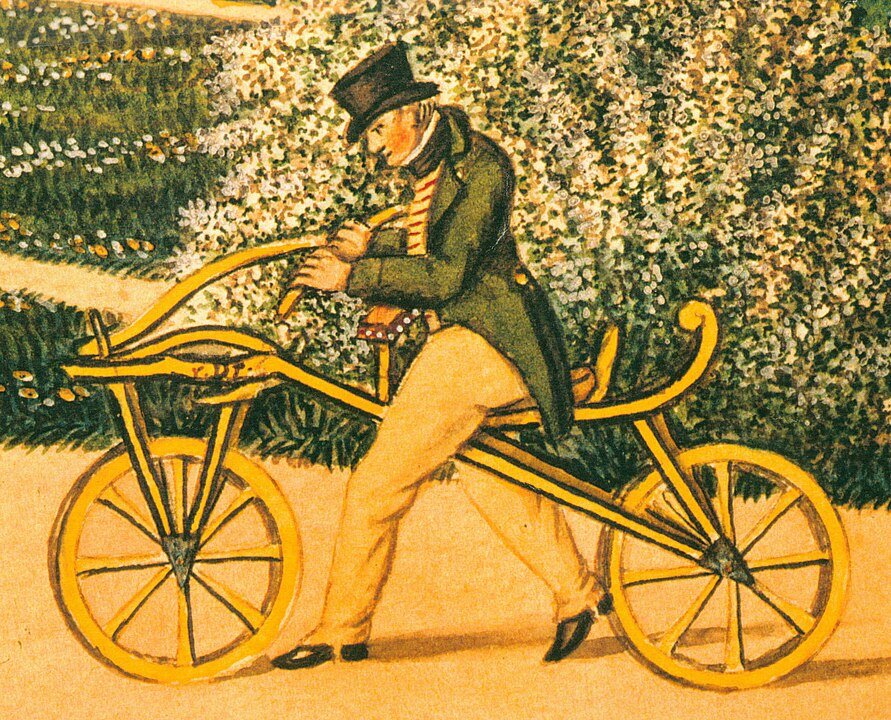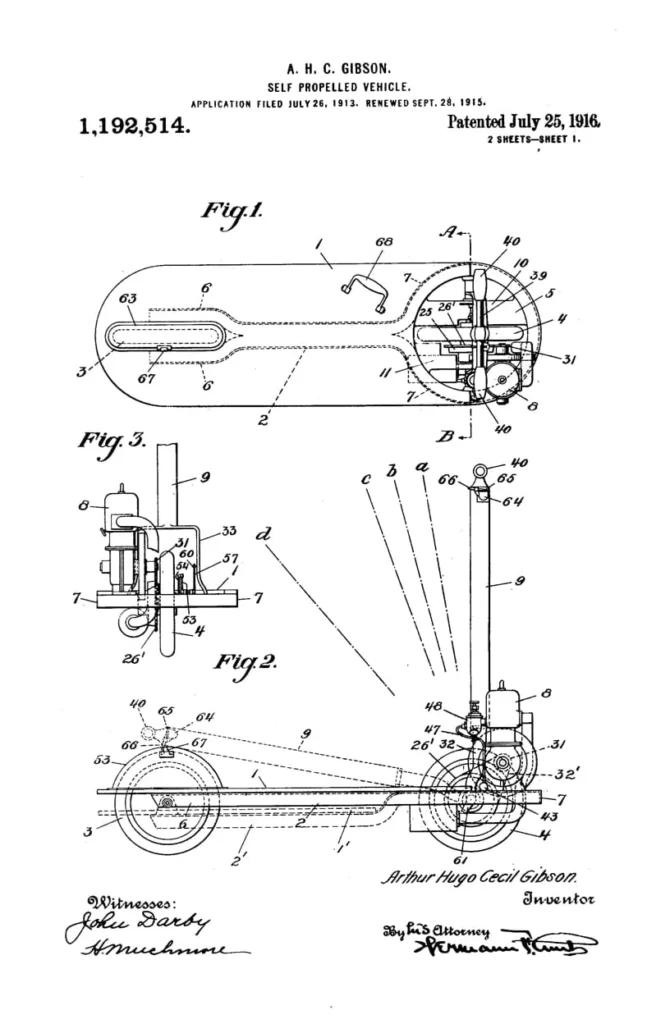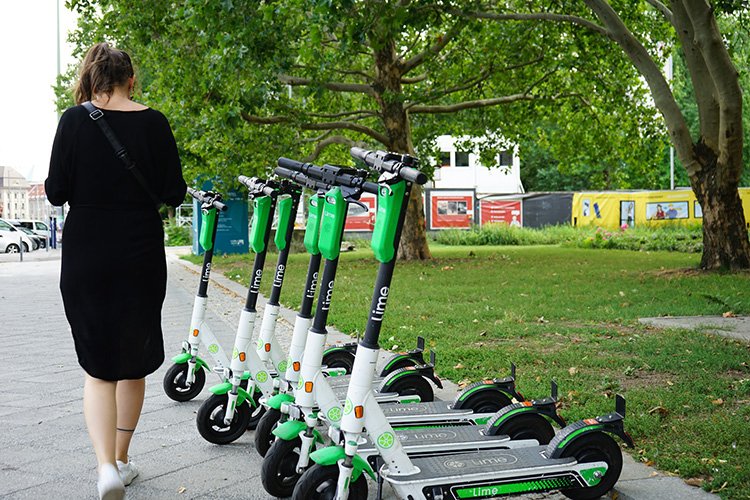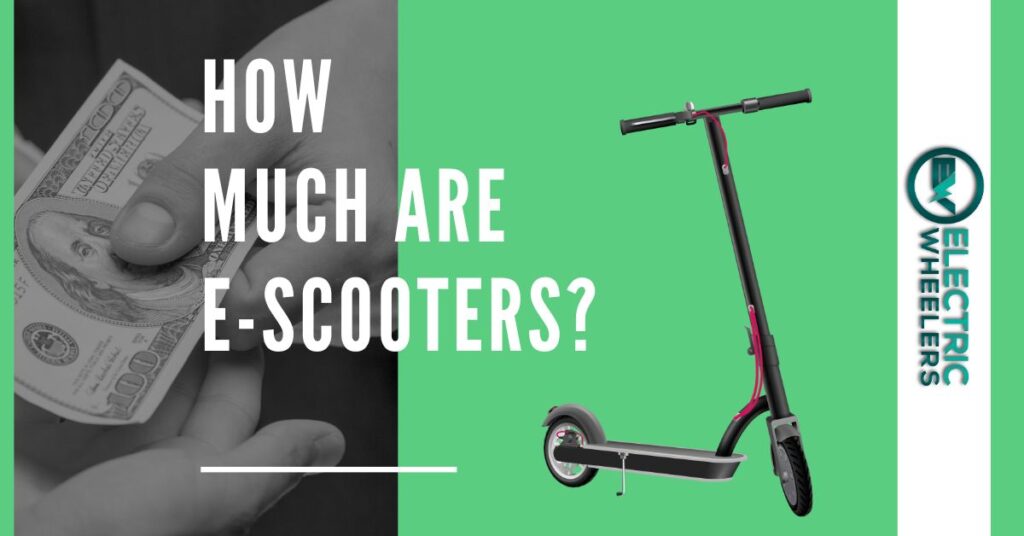For many, the sight of electric scooters zipping around town might seem like a phenomenon of the 21st century. The sleek designs, advanced battery technology, and digital integrations certainly feel futuristic.
However, the roots of electric scooters stretch back much further than one might imagine. Far from being a product of modern-day tech innovation, the concept of motorized personal transport has been around for over a century.
As we delve deeper into their history, we’ll uncover a tale of visionaries, innovations, setbacks, and comebacks.
- The Dawn of Personal Transportation: Early Precursors
- Motorized Scooters: The First Steps
- The Electric Vehicle Evolution: Setting the Stage for E-Scooters
- The Modern Kick-Scooter: Wim Ouboter's Vision
- The Razor Revolution: Scooters for the Young and Young-at-Heart
- The Lithium-Ion Breakthrough: Powering the E-Scooter Renaissance
- The Micromobility Boom: E-Scooters Take Over Cities
- Conclusion
The Dawn of Personal Transportation: Early Precursors
In the early 19th century, Baron Karl von Drais De Sauerbrun introduced the world to the velocipede, a pioneering invention that would forever change the way we think about personal mobility.
This two-wheeled contraption, powered solely by human effort, was a marvel of its time. Without the need for horses or carriages, the velocipede offered individuals a newfound sense of freedom and autonomy.

Its design, though simple, was revolutionary: a wooden frame, two wheels, and a steering mechanism. It was the first step towards a future where individuals could move freely, unburdened by the limitations of traditional transportation.
The human-powered vehicle concept opened up a world of possibilities. It sparked a wave of innovation, leading to the development of bicycles, tricycles, and eventually, the early iterations of motorized scooters and bikes.
Motorized Scooters: The First Steps
When the 20th century began, people were excited about new inventions. One of these was the motorized scooter, which was a simple yet smart way to move around.
When was the First Electric Scooter Invented?
Before the buzz of electric scooters filled city streets, there was the Autoped. It was launched in the heart of New York in 1915.
This groundbreaking vehicle was the world’s first glimpse into the potential of motorized scooters. Unlike its human-powered predecessors, the Autoped boasted a compact engine, offering riders the thrill of speed without the exertion of manual propulsion.

Its design was both practical and avant-garde. With 10-inch wheels, a robust frame, and a collapsible steering column, the Autoped combined the convenience of portability with the power of motorization. It was a symbol of modernity, capturing the spirit of an age that was rapidly embracing the wonders of mechanization.
How the Autoped Looked and Worked Back Then?
The Autoped was designed to be both useful and stylish. It had a special look with its curved shape and folding handles, which was popular in those days. The engine was in the front wheel, and it had a special way of steering that made it easy to ride around the city.
But not everyone liked it. Some people thought it was just a toy for rich people, while others found it strange. However, it did change the way people thought about traveling in the city.

Who Invented the Electric Scooter?
The first electric scooter aka Autoped was invented by Arthur Hugo Cecil Gibson. An inventor with a keen eye for detail and a passion for mobility, Gibson was the driving force behind the Autoped’s conception and design. His vision was clear: to create a vehicle that was compact, efficient, and attuned to the needs of urban dwellers.
Gibson’s patent for the “Self Propelled Vehicle” in 1913 was more than just a technical blueprint; it was a testament to his belief in the transformative power of innovation.

By marrying form and function, Gibson not only gave the world its first motorized scooter but also laid the foundation for future generations of inventors to build upon.
His legacy is evident in every electric scooter that zips through our cities today, reminding us of the boundless possibilities that arise when imagination meets ingenuity.
The Electric Vehicle Evolution: Setting the Stage for E-Scooters
In the late 19th century, the automotive landscape looked quite different. Electric cars weren’t just a niche; they were leaders.
One of the most prominent electric vehicles of that era was the Columbia. This car wasn’t just a novelty; it was a best-seller. Outperforming its steam and gasoline counterparts, the Columbia showcased the potential of electric power in the realm of personal transportation.
The Birth of Battery-Powered Bicycle
While cars were making waves, another form of electric transportation was taking shape: the battery-powered bicycle.
Ogden Bolton Jr. was at the forefront of this movement. In 1895, he secured a patent for a design that would lay the groundwork for future electric two-wheelers.
His invention wasn’t just a bicycle; it was a statement. It highlighted the versatility of electric power, showing that it could be harnessed for both large vehicles like cars and smaller ones like bicycles.
Related: The History of Electric Bikes
Electric vs. Internal Combustion Engines
However, as the 20th century dawned, a significant shift occurred. The internal combustion engine, fueled by gasoline, began to overshadow its electric counterparts. Several factors contributed to this change:
- The discovery of vast oil reserves made gasoline more accessible and affordable.
- Gasoline-powered vehicles offered more range.
- The infrastructure for refueling gasoline vehicles grew rapidly, while electric charging stations lagged behind.
This shift wasn’t just about technology; it was about convenience, economics, and the powerful influence of the oil industry.
As the internal combustion engine took center stage, electric vehicles receded into the background. But as history has shown, they were merely biding their time, waiting for the right moment to make a triumphant return.
The Modern Kick-Scooter: Wim Ouboter’s Vision
In the vast timeline of transportation, every so often, an innovator emerges with a vision that reshapes the way we move. In the realm of personal mobility, Wim Ouboter stands out as one such visionary.
A Scooter Reimagined: The Birth of the Foldable Aluminum Design
While the concept of scooters had been around for decades, Wim Ouboter brought a fresh perspective to the table.
He wasn’t just looking to recreate; he aimed to revolutionize. His creation? A sleek, foldable aluminum scooter. This wasn’t just any scooter; it was lightweight, portable, and designed for the urban commuter. The use of aluminum made it both durable and easy to carry, a perfect blend of form and function.
Ouboter’s invention wasn’t just about creating a fun ride; it was about addressing a genuine urban challenge. In bustling cities, there’s often a gap between public transportation stops and one’s final destination. This gap, commonly referred to as the “first-mile, last-mile problem,” presented a conundrum. The distance was too short to drive but too long to walk comfortably. Ouboter’s scooter was the perfect solution, offering a quick, efficient, and enjoyable way to bridge that gap.
In the video below, Wim Ouboter tells us, how he came to the idea to invent the scooter.
The Razor Revolution: Scooters for the Young and Young-at-Heart
In the ever-evolving world of personal transportation, few brands have made as indelible a mark as Razor. While Wim Ouboter’s vision laid the groundwork for the modern scooter, it was Razor that transformed this urban mobility tool into a cultural phenomenon, resonating with both the young and the young-at-heart.
From Urban Commuter to Playground Star: The Kid-Centric Pivot
Ouboter’s invention was initially conceived as a solution for urban commuters, but Razor saw a broader horizon.
Recognizing the scooter’s appeal to a younger demographic, the brand smartly pivoted, marketing it as a must-have toy. The streets and parks soon buzzed with the sound of kids zipping around on their sleek, foldable scooters.
Razor’s genius lay in understanding that while the scooter was a practical tool for adults, it was pure fun on wheels for kids.
Electrifying the Ride: Razor’s Foray into Electric Scooters
Not one to rest on its laurels, Razor sought to further innovate. In 2003, they introduced their first electric scooter.
This wasn’t just a regular scooter with a motor; it was a statement. With a twist of the throttle, riders could reach speeds of up to 15 miles per hour.
The world of personal mobility had been electrified, and Razor was leading the charge.
Bumps in the Road: The Early 2000s Battery Struggles
However, innovation often comes with its set of challenges. While the electric scooter was a marvel, the technology of the early 2000s wasn’t quite ready to fully support it.
The batteries, though groundbreaking, had limitations. They were heavy, took long to charge, and didn’t last as long as users hoped.
Moreover, the price point was a barrier for many. As a result, after the initial surge in popularity, sales of Razor’s electric scooters began to wane. The dream of an electric personal mobility revolution seemed to be on hold, at least for a while.
The Lithium-Ion Breakthrough: Powering the E-Scooter Renaissance
In the realm of technological advancements, some innovations silently change the course of industries. The development of lithium-ion batteries was one such game-changer, especially for the world of micromobility.
As electric scooters sought a resurgence, these batteries emerged as the unsung heroes, propelling the e-scooter renaissance.
Lithium-Ion: The Heartbeat of Modern Micromobility
While the early 2000s saw electric scooters grappling with battery limitations, the advent of lithium-ion technology breathed new life into the sector.
These batteries were lighter, more efficient, and boasted longer lifespans. They could store more energy per kilogram and deliver power more effectively, addressing many of the challenges faced by earlier battery types.
With faster charging times and greater energy density, lithium-ion batteries became the cornerstone of the modern e-scooter, enabling them to travel longer distances and ensuring they were ready for action in shorter timeframes.
The Late 2010s: The E-Scooter’s Triumphant Return
Armed with the power of lithium-ion, the late 2010s witnessed a dramatic resurgence in the popularity of electric scooters.
No longer just toys or niche commuting tools, they became everywhere in urban landscapes worldwide. Many cities saw lots of new e-scooter companies trying to get a piece of the growing market.

The streets, once dominated by cars and buses, now had a new, eco-friendly player zipping through lanes, bridging the gaps in public transportation, and offering a fun, efficient way to navigate the urban jungle.
The e-scooter had truly come of age, and it had lithium-ion technology to thank for its meteoric rise.
The Micromobility Boom: E-Scooters Take Over Cities
As the sun set on the 2010s, a new dawn emerged in urban transportation, heralding the age of micromobility. Cities, once choked with traffic and dominated by cars, began to witness a transformation.
The streets started to buzz with a new kind of energy, as electric scooters became the vehicle of choice for many urbanites. But what fueled this sudden surge in e-scooter popularity?
GPS-Powered Freedom: The Rise of Dockless Rentals
One of the most significant shifts in urban transportation came with the introduction of GPS-powered dockless bike and scooter rental services.
Gone were the days of searching for docking stations or designated parking spots. With the power of GPS and smart technology, users could now pick up an e-scooter from virtually anywhere in the city, ride it to their destination, and leave it for the next user.
This seamless integration of technology and transportation provided unparalleled convenience, making e-scooters an attractive option for short city commutes.
The Perfect Storm: Factors Behind the E-Scooter Surge
Several factors converged to create the perfect environment for e-scooters to thrive in urban landscapes:
- Environmental Awareness: As concerns about climate change and pollution grew, there was a collective push towards eco-friendly transportation options. E-scooters, with their zero emissions, became a symbol of sustainable urban mobility.
- Urbanization and Congestion: With more people flocking to cities, there was a pressing need for efficient, space-saving transportation solutions. E-scooters, being compact and nimble, were the perfect answer to congested city streets.
- Technological Advancements: The integration of smartphone apps with e-scooter services meant that renting, riding, and paying became a seamless experience. Real-time tracking, easy payment options, and user-friendly interfaces made the process incredibly user-centric.
- Economic Viability: For many, e-scooters emerged as a cost-effective alternative to taxis or owning a car in the city. The pay-as-you-go model appealed to those looking for budget-friendly commuting options.
- The Fun Factor: Beyond practicality, there’s no denying the sheer joy of zipping through streets on an e-scooter. For many, it brought back a sense of childlike wonder, making commutes not just convenient, but also fun.
As these factors intertwined, cities worldwide began to see an e-scooter explosion. From business professionals to students, everyone seemed to embrace this new mode of transport, marking a significant shift in how people perceived and experienced urban mobility.
Conclusion
The journey of electric scooters, from their humble beginnings to their current status as urban transportation staples, is a testament to human innovation and adaptability.
As we’ve traced their evolution, it’s clear that e-scooters are more than just a trend; they represent a shift in how we view and approach city commuting.
With advancements in technology and a growing emphasis on sustainable transport, e-scooters are poised to play an even more significant role in shaping the future of urban mobility.
As cities continue to evolve, so too will the ways we choose to navigate them. The e-scooter, with its rich history and promising future, is undoubtedly at the forefront of this exciting journey.

The founder and the editor-in-chief of the Electric Wheelers blog. With a previous background in IT, sales, and video editing, he has now established himself as a micromobility expert.
He bought his first e-scooter over 5 years ago and since then has owned dozens of e-scooters and e-bikes. His deep understanding of the technical aspects, coupled with a keen eye for market trends, enables him to provide insightful and reliable content.
His commitment to promoting sustainable and efficient urban mobility solutions has made him a respected voice in the community of eco-friendly transportation enthusiasts.




